Uncertain About Music in Your Homeschool? Try These Ideas!
Most parents are eager for their children to experience the joys of music. Making music in your homeschool opens the way for artistic expression, develops physical coordination, provides social benefits, and teaches self-discipline. And, most importantly, music is a gift from God—one that we can take with us into Eternity.
Uncertain About Music in Your Homeschool? Try These Ideas!
Disclosure: I get commissions for purchases made through affiliate links in this post. Post was written by Marcia Washburn, guest contributor.
How to Fit Music In Your Homeschool
But many homeschoolers have trouble fitting music into their school days. Time constraints, expense, and lack of confidence all contribute to the problem. Some choose private lessons or enroll their children in a choir—and both are wonderful experiences—but there are many other ways you can bring music into your homeschool, even if you can’t carry a tune or read music. Here are some ideas to get you started.
Move with Music
To teach attentiveness, clap a short rhythm pattern and have your child echo it back. Gradually clap longer patterns. Have him color or paint to the music sometimes. Toss a ball or bean bag (easier to catch than a ball) back and forth in time with the music. Have your child clap, sing, and march with music you have in your home.
Talk about how the music makes him feel and what kind of moving he wants to do when he hears that music. Saint-Saëns’ Carnival of the Animals is a wonderful selection of short pieces for movement and interpretation. Here is a fun YouTube recording of Carnival of the Animals with pictures of the various animals: For young children, choose one animal each week, playing it again each day. Children, like adults, love hearing familiar music.
Dance
Do simple dances that don’t require partners or large groups. Consider Here We Go Looby-Loo, Hokey-Pokey, or London Bridge. Or consider inviting a square dance caller to your support group meeting for a fun family night. Most callers are used to teaching novices how to do the various steps. There is something special about seeing a little girl swinging arms with her Daddy.
Find Fun Folk Songs in This Course:
A Folk Song a Week
Our Musical Heritage
Don’t let your children grow up without knowing the patriotic and folk songs of our country. Find recordings of well-trained children singing such old favorites as Billy Boy, Little Red Caboose, and O Susanna. Be sure they know the words to America the Beautiful, The Star-Spangled Banner, and This Land is Your Land. Sing them in the car or when taking a break.
Talk about the lyrics; help them see the humor in “the sun so hot I froze to death” in Polly-Wolly-Doodle. Research the stories behind the songs. Learn a common song in several languages. The words to Are You Sleeping, Brother John in several languages are available here.
Musical Vocabulary
Composers use dynamic markings to communicate how loud the music should be played. We use Italian terms because the concept of writing music as we know it today was developed in Italy. Choose a song you know well, such as Are You Sleeping, Brother John? to teach the concept of dynamics in music. Make signs with cartoon figures demonstrating words such as pianissimo or mezzo-forte. As one child holds up a sign, everyone in the family sings the song at that dynamic level (a younger child loves “controlling” the older siblings).
To develop vocal volume control, hide a small object while one child is out of the room. The family helps him find it by singing louder when he is closer to it and softer when he is farther away. Carry the learning over into daily life as you remind your boys that their inside voices should be mezzo-piano (medium-soft) and to reserve their forte (loud) voices for outdoors.
Tempo means time in music—how fast the music is played. Teach tempo markings while taking a break from your schoolwork. Sing Head, Shoulders, Knees, and Toes very slowly, touching each body part as you sing; this tempo is called largo. Gradually work your way up to presto when you will be moving so fast everyone will fall to the floor in a pile of giggles.
Musical Instruments
Collect or make musical instruments. Make a drum from an oatmeal box (much quieter than a saucepan and spoon!). Place dried beans between two paper plates and tape or staple them shut for the sound of maracas. Stretch rubber bands over a shoebox to make a stringed instrument to strum. Make sand blocks by gluing or stapling sandpaper on wood blocks. Put on some lively march music (try John Philip Sousa) and stage an impromptu parade. (If you’re looking to purchase some instruments for your home, RhythmBand is a great source for commercially-made rhythm band instruments.)
Recorder
Consider learning to play the recorder. This historic instrument is not difficult to learn. I once taught a dozen homeschool moms, many of whom had never before read music or played an instrument, to play the recorder in one hour. Immediately afterward, I gave a follow-up lesson to the children, with the moms present. The moms continued learning and teaching at home and the children played a few pieces at their year-end event a few weeks later.
Perhaps your support group will want to do this as a group activity, but any homeschool parent can teach her own children the rudiments. For beginning recorder instructions that anyone can follow, see here.
Private Music Lessons in Your Homeschool
If your child shows an interest in music after you’ve taught him what you can, offer him the opportunity to take private music lessons. Students learn to play alone and sometimes in groups and can often bless others with their music. Piano is a wonderful foundation for learning other instruments.
Research shows that music training, specifically piano instruction, leads to scores an average of 34% higher on tests measuring the spatial-temporal skills used in math, chess, science, and engineering. If finances are tight, perhaps the teacher would be willing to barter for baked goods or services such as window-washing or lawn care.
Virtual music lessons are a growing trend, and technology keeps improving, too. See here to learn more about virtual music lessons.
Enjoy Great Music Together in Your Homeschool
Attend local concerts. Watch for mention of recitals offered by local piano and voice studios. Take advantage of youth concerts offered by local symphonies. Some communities have concert associations that bring in professional musicians several times a year. Ask your Chamber of Commerce about other options.
Listen to Classical Music in Your Homeschool
Classical music is another important part of your child’s education. But many parents don’t know where to start and are fearful of wasting a lot of money on music they or their children won’t like. If you’re not familiar with music of the great composers, take a look at Beethoven Who Family Fun with Music. It is written so even those who don’t read music can learn along with their children. High school students can also use it as an elective.
Use Cartoons to Add Classical Music to Your Homeschool!
Learn Classical Music With Cartoons online course
Play quiet hymns and Bible choruses to greet the new day—they set the tone for worship so much better than the blaring of the TV. I like to collect recordings of Christian music played on different instruments—hammered dulcimers, mandolins, fife & drum, and even the bagpipes. Hearing these reminds me of the worldwide Church and the fellowship we enjoy with believers near and far.
Share Music With Others
Grandparents, nursing home residents, church members, and others are blessed when children sing for them. Share your music with those who need encouragement. You need not have a polished performance—just learn some songs and invite your audience to sing along.
We found that people who could no longer remember how to speak due to dementia, could often still sing along with the hymns and songs that they had learned in their youth.
Learn to Sing!
Singing Made Easy ~ Level 1
Ask God, the Father of music, to show you how to bring music into your home. Soon you and your family will be “making a joyful noise.”
Psalm 100:1-2: “Make a joyful noise to the Lord, all ye lands. Serve the Lord with gladness: come before His presence with singing.”
Bio of Guest Contributor:
©2020 by Marcia K. Washburn, who holds a master’s degree in music education and homeschooled her five sons for nineteen years. Check out MarciaWashburn.com for additional music education ideas including her unique, award-winning music appreciation course, Beethoven Who? Family Fun with Music.
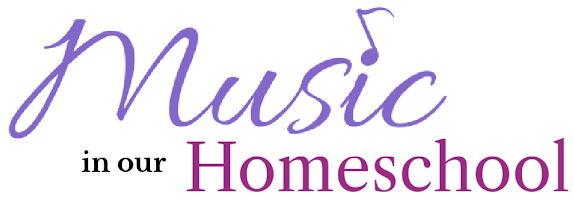

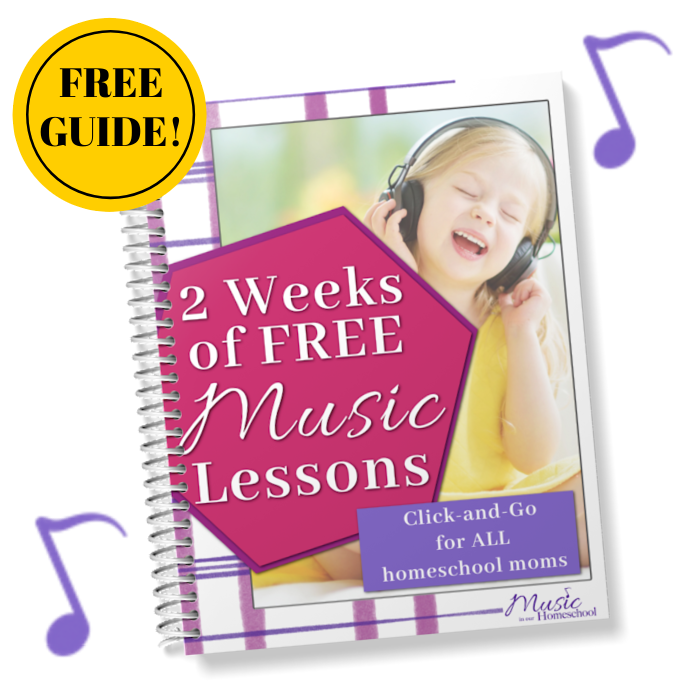

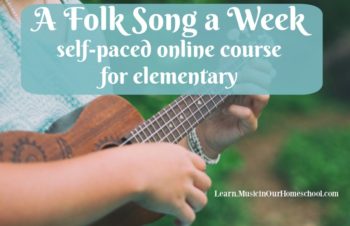
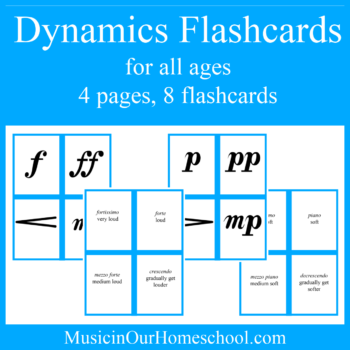
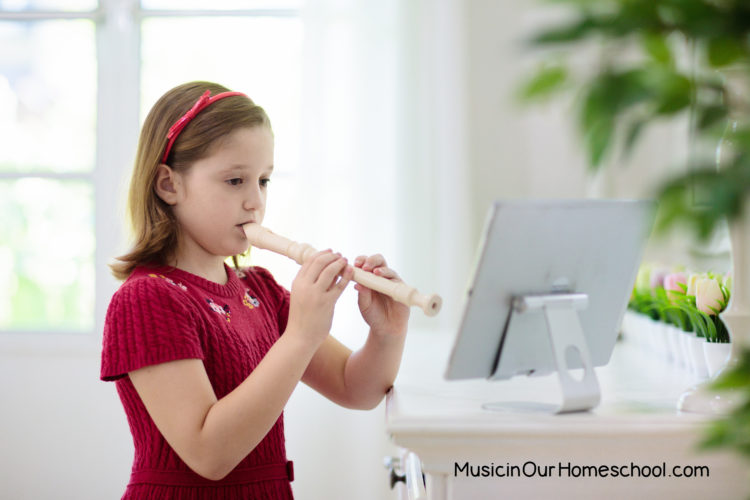
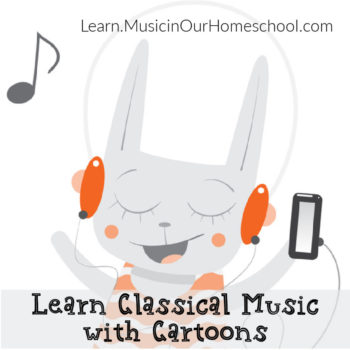
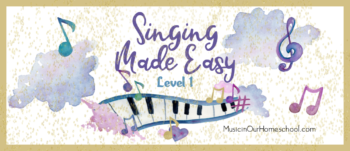

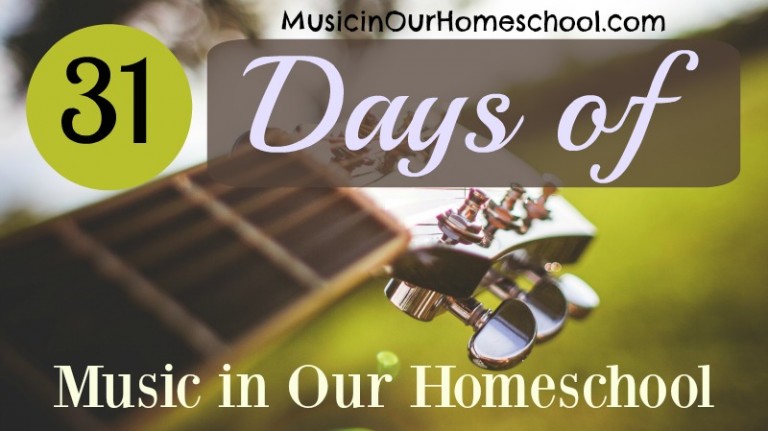

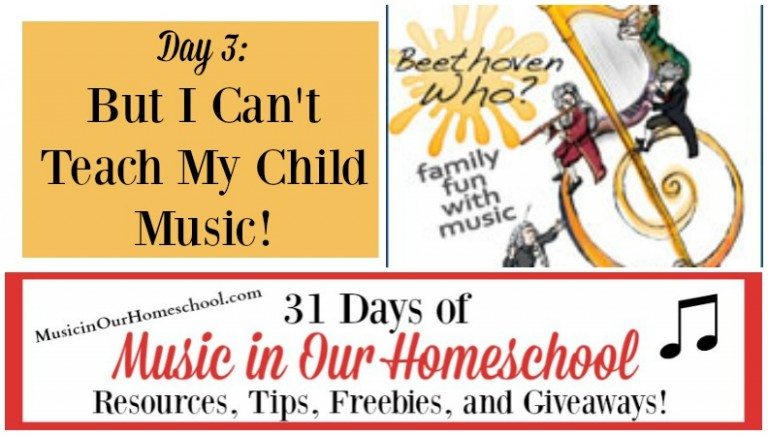
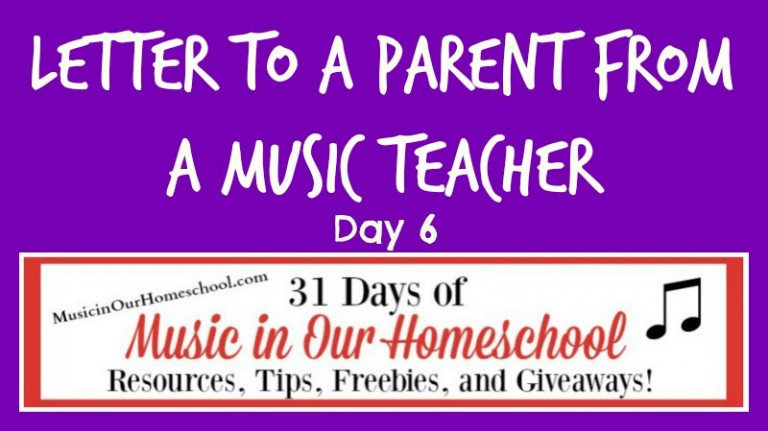


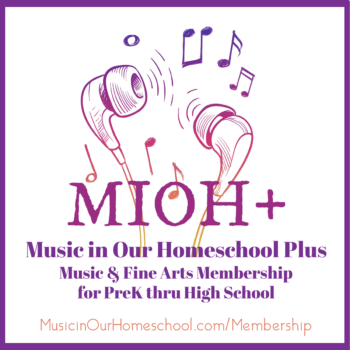

The tips and ideas you provide in this blog are wonderful, I had not thought of some of these reasons why we should make sure music is included your homeschooling.
Great tips! Thanks
Music is one subject I am kind of lost on (this will be our second year homeschooling), so these suggestions were great! We did do several of these last year, but there are new ones on here that I hadn’t even considered – like local concerts and making instruments. So thank you!
Thanks for the tips! I definitely want to incorporate more music into our homeschool this year. I have a large family and very limited money, so these tips are great. Thank you.